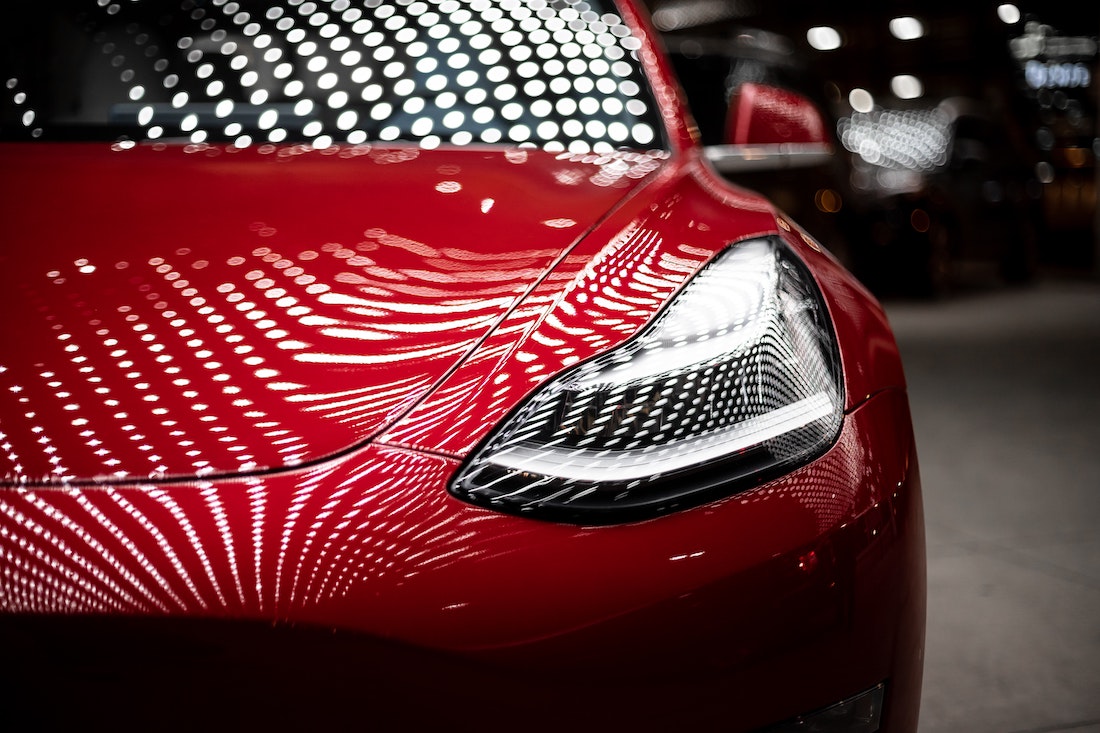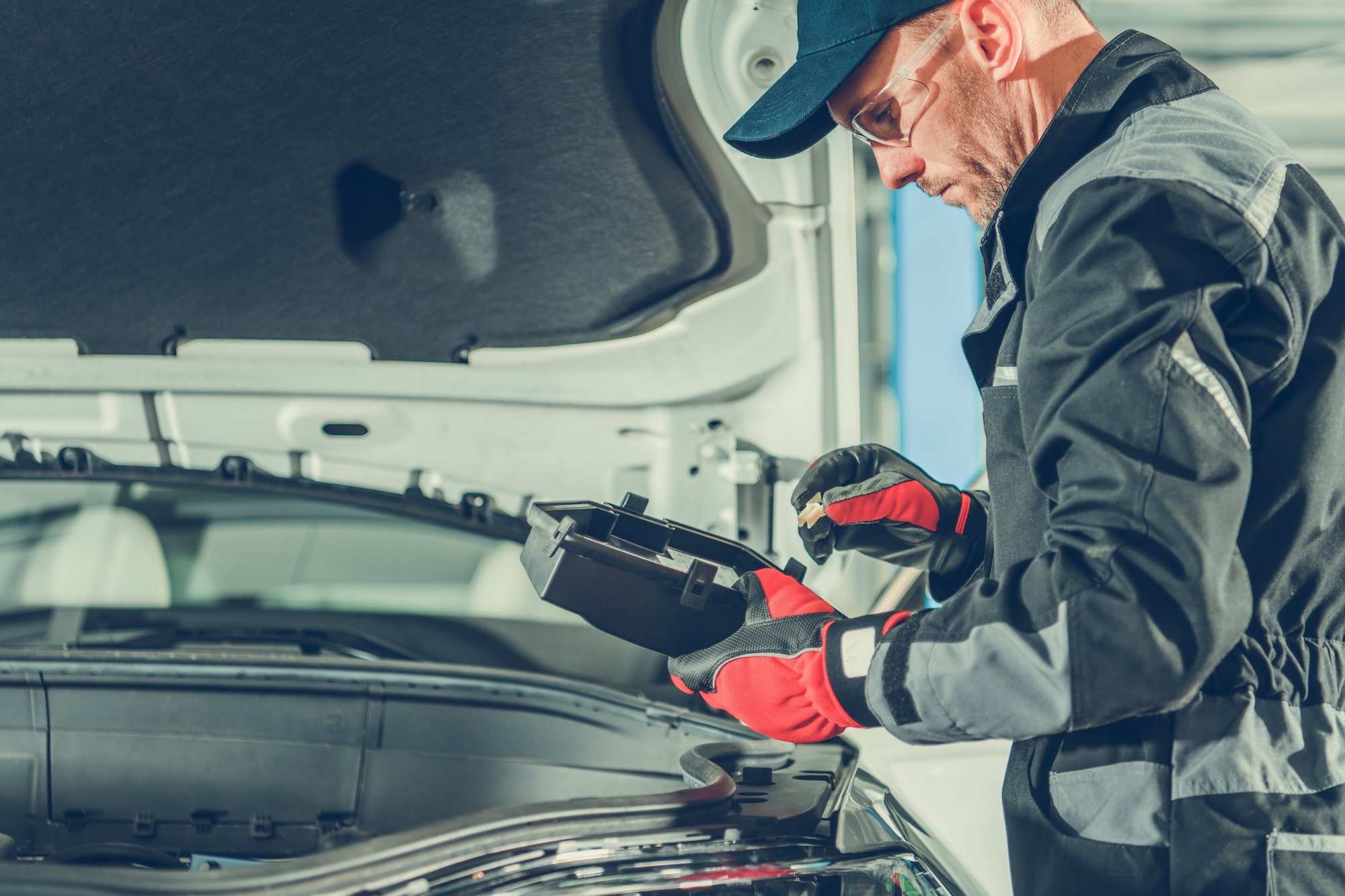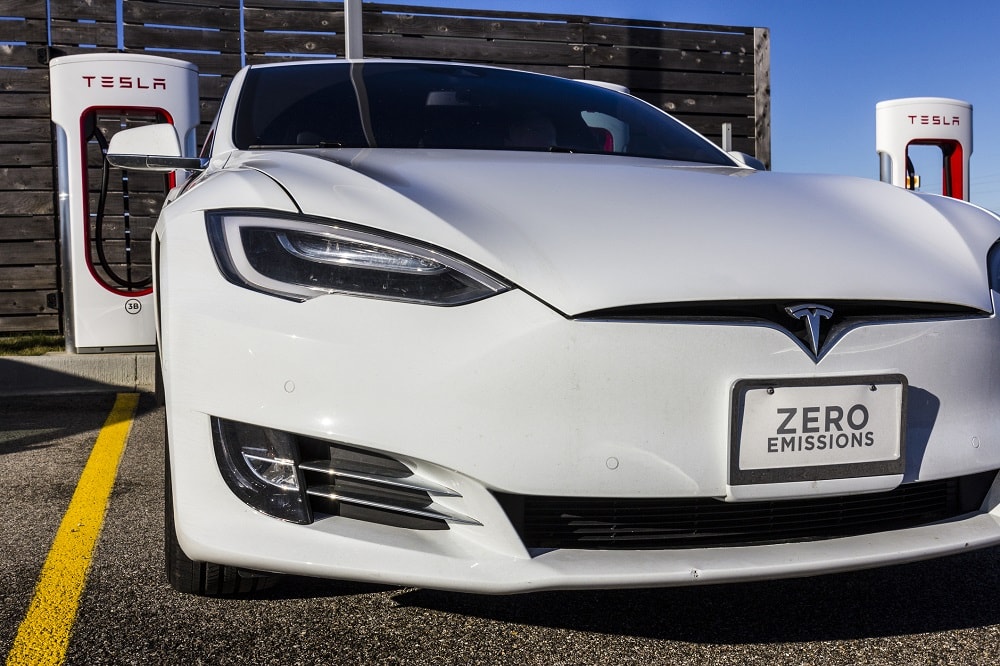Over the years, eco-friendly electric vehicles (EVs) have surged in popularity. Today, more drivers are taking action to reduce their environmental footprints and promote sustainable energy solutions with battery-powered and hybrid vehicle investments.
Tesla, one of the most popular EV options, aims to attract buyers by including unmatched tech features like AutoPilot, “caraoke,” and HEPA filtration systems inside its vehicles. The automotive company also provides access to Mobile Service Technicians, over-the-air software updates, and remote diagnostics, reducing the need to visit a service center.
But does this advanced technology come at a higher price than other vehicles? How much does Tesla maintenance cost overall? Let’s look!
Tesla Repair and Maintenance Overview
In 2019, Tesla got rid of its yearly maintenance checks, noting that EVs require much less upkeep. This is because, unlike gasoline cars, you don’t have to take your Tesla in for an oil change, spark plug replacement, or emission check. Instead, you can keep up with services on an “as-needed basis.”
Yet despite this change, RepairPal notes that Tesla drivers still pay about $832 annually on maintenance—nearly $200 more than the average repair costs for all other vehicle types.
Beyond these numbers, little data is available concerning exact Tesla maintenance costs.
However, you can find bill statements posted on public forums, cost estimates on automotive repair shop websites, and a few replacement parts on the Tesla Shop website. Based on this information, let’s explore a few Tesla-recommended maintenance services and the price ranges for each.
Cabin Air Filter Replacement
Tesla designs their cabin air filters to prevent particles like pollen, industrial fallout, and road dust from entering a car’s vents. To maintain proper working conditions, the manufacturer recommends replacing these filters every 2-3 years, depending on the vehicle’s model.
You can purchase a new filter on the Tesla shop website, but it might surprise you that prices range from $34 all the way up to $500. But why the huge price gap? Well, buyers can opt to upgrade their Model S or X HEPA Air Filtration with the Bioweapon Defense Mode firmware, which also includes a new HEPA filter. Hence, the upgrade is a bit more pricey. But overall, the prices for new cabin air filters are low.
Tire Rotation and Wheel Alignment
When your tires have a tread depth difference of 2/32 inches or greater, or you drive 6,250 miles, Tesla says it’s time to get a tire rotation and wheel alignment. Ignoring this critical service can affect tire life and steering because the wheels become unbalanced and misaligned.
Although service costs range from $35 to $100, you can reduce your spending by purchasing a “lifetime alignment” from a tire company like Firestone. With a lifetime wheel alignment service, you receive free alignments every 6 months or 6,000 miles for as long as you own your vehicle.
Air Conditioning Service
According to Tesla guidance, replacing the A/C desiccant bag is a proactive way to boost your air conditioning system’s longevity and efficiency. However, specific models require replacement at varying spans:
- Model 3: Every 6 years
- Model Y: Every 4 years
- Model S, Model X: Every 3 years
Estimates show that A/C desiccant bag replacement costs are around $50 or less for parts. However, some drivers report labor charges as high as $300, depending on where they choose to service their vehicle.
Brake Fluid Test
Another maintenance item that Tesla recommends is testing your brake fluid every 2 years or 30,000 miles because, over time, dirt, metal, and debris can build up, reducing brake efficiency. A brake system flush removes the contamination by draining and replacing the old fluid with new brake fluid. While prices suggest you can pay between $90-$150 for this service, the numbers ultimately depend on the model you drive and the auto shop/mechanic that completes the service.
Windshield Wiper Blade Replacement
One of the most critical components of your car is the windshield wipers. You must see without obstructions blocking your view to drive safely. When the wipers malfunction, dirt, dust, rain, and snow can accumulate and inhibit your visibility when looking out the window.
Although this maintenance item is not on the Tesla list of recommended services, staying on top of the upkeep is still essential. As soon as you notice any wear and tear or decline in performance, replace them. According to the Tesla Shop website, new blades cost between $25 and $35 each.
Other Possible Tesla Expenses
For a luxury brand vehicle, general maintenance costs for Teslas are not as high as some might expect. But as time passes and you put more miles on your car, other mechanical issues will pop up, and some Tesla parts are not cheap to replace. In fact, according to Motor1.com, certain repairs for the Tesla Model S can cost between $300 and $900. Examples of parts and prices include:
- Brake calipers, averaging between $400 and $600;
- Oxygen sensors, averaging between $300 and $450;
- Window motor regulators, averaging between $600 and $850; and
- Wheel bearings, averaging between $300 and $400.
Ways to Avoid Out-of-Pocket Repair Bills
The simple answer is yes. You can worry less about paying for high-cost repairs when your car is under warranty. Why? As a newer Tesla vehicle owner, you benefit from the Basic Vehicle Limited Warranty—a comprehensive policy covering a long list of repairs and replacements for defective parts or materials for 4 years/50,000 miles. You also receive an 8-year/unlimited mile Battery and Drive Unit Limited Warranty.
But suppose you buy a used Tesla. Do you still get warranty coverage?
Yes. The rest of the Basic Vehicle Limited Warranty will transfer to you if the 4 years or 50,000 have not run out. In addition, Tesla also gives you an extra year or 10,000 miles of vehicle protection under the Tesla Used Vehicle Limited Warranty. But this coverage won’t kick in until the original contract term ends.
What if the Basic Vehicle Limited Warranty has already expired? When this is the case, you’ll still receive one year or 10,000 miles of protection under the Tesla Used Vehicle Limited Warranty. The coverage will begin on your vehicle’s delivery date.
The Benefits to Investing Now, Saving Later
Tesla vehicles are notorious for their advanced technology. But repairing these unique components can be costlier than those in standard cars. Unfortunately, facing a hefty repair bill becomes more of a reality when a significant car part breaks down, and you don’t have warranty coverage to protect you. The most proactive step to prevent this scenario is investing in an aftermarket warranty before you need it.
When you have a solid, comprehensive plan from a top-rated independent provider, you can save on big-ticket items and gain peace of mind when the unexpected happens. And depending on the provider, you could save even more money on essential maintenance because your contract includes it. Learn more about the options available to you by visiting our website here.





